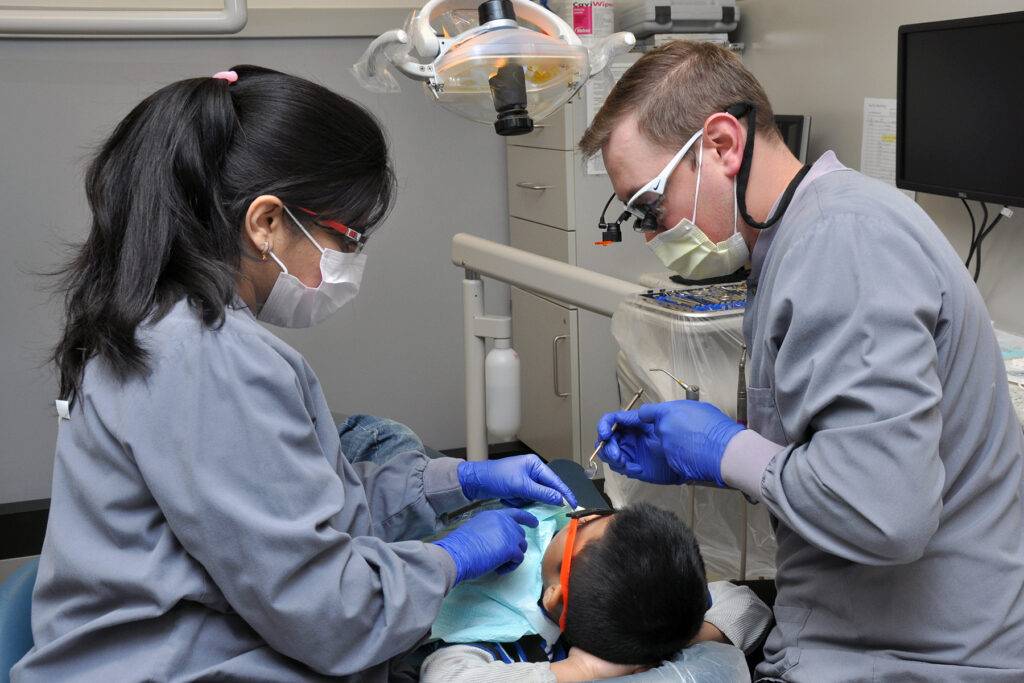In the fast-paced field of orthodontics, staying current with the latest advancements is -essential for delivering high-quality care. The world of orthodontics is continually evolving, with new technologies, techniques, and materials emerging regularly.
For orthodontists, embracing ongoing education is not just about maintaining professional competency but also about enhancing patient outcomes and adapting to new challenges.
The importance of continuing education in orthodontics cannot be overstated. As treatment methodologies advance, orthodontists must keep abreast of these changes to provide their patients with the most effective and up-to-date care.
This commitment to learning helps orthodontists improve their clinical skills, incorporate innovative technologies, and stay compliant with regulatory standards. The result is better patient care and more successful treatment outcomes.
One of the most effective ways for orthodontists to stay current is by attending professional conferences and seminars. These events offer valuable opportunities to learn from leading experts in the field, gain insights into emerging trends, and engage with new research.
They also provide a platform for networking with peers, sharing experiences, and exploring collaborative opportunities.
Online courses and webinars have become increasingly popular as flexible learning options. They allow orthodontists to explore new topics at their own pace and from the comfort of their own offices.
These online resources cover a wide range of subjects, from advanced techniques to practice management, and are often led by industry experts. They provide a convenient way for orthodontists to continue their education without the need for extensive travel.
Advanced certification programs offer in-depth training on specialized areas of orthodontics. These programs typically include hands-on training and practical applications, allowing orthodontists to develop expertise in specific techniques or technologies. Such certifications can enhance clinical skills and open doors to new opportunities within the field.
Reading professional journals and publications is another crucial method for staying informed. These journals publish the latest research, case studies, and clinical findings, offering orthodontists insights into new developments and their implications for practice.
Staying updated with this literature helps orthodontists understand and apply the latest advancements in their treatments.
Engaging with industry resources and training provided by manufacturers and technology providers can also be beneficial. Many companies offer educational programs and training sessions to help orthodontists understand and effectively use their products.
This can lead to a better grasp of new materials and equipment, enhancing practice efficiency and patient care.
Participating in study groups or professional associations provides additional opportunities for learning and professional development. Study groups facilitate peer learning and case discussions, while professional associations offer resources, continuing education opportunities, and forums for knowledge sharing.
Being part of these communities helps orthodontists stay connected with the broader field and benefit from collective insights and experiences.
The benefits of ongoing education in orthodontics are substantial. Enhanced clinical skills lead to improved treatment precision and confidence, ultimately resulting in better patient outcomes.
Offering the latest treatments and technologies meets patients’ expectations and can increase satisfaction and referrals. Additionally, ongoing education fosters professional growth and development, helping orthodontists stay motivated and engaged in their practice.
In summary, continuing education is essential for orthodontists to keep pace with the ever-evolving field of orthodontics. By actively participating in professional development opportunities, orthodontists can improve their skills, adopt new technologies, and provide the best possible care for their patients.
Embracing lifelong learning not only benefits individual practitioners but also contributes to the advancement of the orthodontic profession as a whole.


